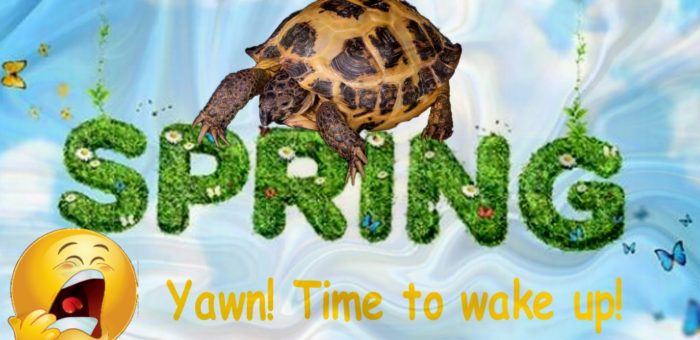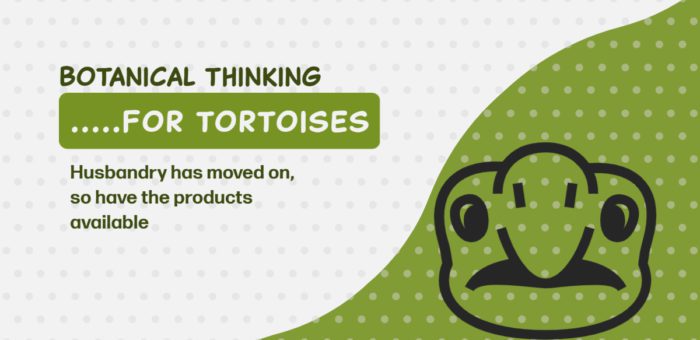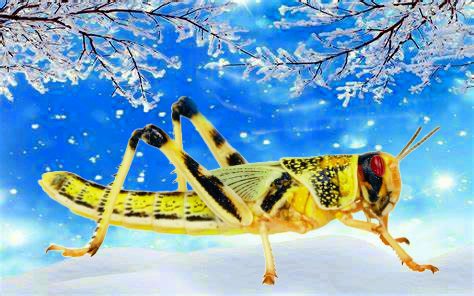
Waking up tortoises after their winter sleep – yawn!
Yes, it’s that time of the year again when tortoise owners start to get excited at the prospect of spending time with their shelled pal again. Hibernation (many people prefer the word brumation for reptiles) is an important part of many species of tortoises life. For those species that naturally hibernate it is best to obey mother nature and allow them to hibernate – these species include Horsfields, Spur-thighed (not to be confused with the much larger African Spurred) and Hermanns tortoises. Commonly kept species that must not hibernate include Red Foot and African Spurred (commonly called Sulcata) tortoises. To not hibernate the likes of Horsefields and Hermanns tortoises will likely create health complications throughout their lives. However, hibernating a tortoise is a complex issue, and even waking them up…


